When people think of France, a compilation of words comes to mind: romance, wine, baguettes, Eiffel Tower, the Louvre, historic architecture. But France goes much deeper than these shallow words.
France’s romantic vibes drift far past the famous City of Love—Paris. The feeling of romance intoxicates when you’re hiking and exploring the dramatic mountain ranges lining this European country’s backyard—meanwhile, the scenic 2000.0mi coastline flirts with your eyes. You’ll find depth and get to know the country in the rolling countryside, where quaint villages will enchant you just enough to keep you wanting more. And the ancient tales embedded in the architecture, laced throughout museums, and passed along orally through locals will help you know more about this country and why it is the way it is.
What we’re trying to say is that France has depth, layers and deserves to be explored. This extensive travel guide to France will work to unveil the wonders of this fascinating, incredibly scenic country! Read on for France travel tips, top-notch adventure suggestions, and other necessary advice and information.
Table of contents
About France
Best Places To Visit in France
Best Things to do in France
Great Adventure Trips in France
France’s Outdoors
France Travel Costs
France Travel Safety
Best Time to Visit France
Best Ways To Get Around France
Best Places to Stay in France
Useful Travel Tools
Visa Requirements When Travelling to France
Interesting Facts About France
Frequently Asked Questions About France
About France
Within the intimidating Alps lining France’s backdrop, sunny coastline, bustling tourist-centric cities, and incredibly scenic countryside, you’ll find 67 million locals. And when summer rolls around, an explosion of visitors spread themselves across the country. France boasts of attracting the most tourists per year! In 2018, this country attracted just over 89 million visitors. But most tourists flock to Paris, Marseille, Nice, Cannes, making it possible to find tranquillity somewhere in the Alps or the Pyrenees or in the rolling countryside, where a sprawling of wineries, cozy bed and breakfasts, and farms will introduce you to France’s culture and wonder outside of the noise.
France’s past remains a strong presence today! It’s hard to ignore the 1836-built Arc de Triomphe in Paris, which honours those who battled in Napoleonic wars or the Notre-Dame de Paris or the Palace of Versailles or the longstanding churches peppered across the country. However, the tales of all bloodshed and the battles won and lost are hidden beneath the beauty of France’s buildings, statues, and monuments. You may hear faint murmurings of Joan of Arc, the martyr, during the lengthy Hundred Years’ War. In the 18th century, the French Revolution gave rise to Napoleon Bonaparte, who appointed himself as “first consul,” initiating the end of the war. France then entered the Napoleonic era.
Fast forward, and we arrive at World War I and World War II. During World War I, France joined the United Kingdom, Italy, Russia, Japan, and the United States to form the Triple Entente. In World War II, they were one of the Allied powers. But the country was conquered by Germany in 1940, propelling horrible living conditions. This is when Charles de Gaulle stepped in and helped France regain control of their country via the Free France movement.
Nowadays, France remains a member of Nato and sits in a comfortable political and cultural position globally. The current President of France is Emmanuel Macron, who has been in the same position since 2017.
When you travel to France, you’ll definitely want to brush up on some French terms as 88% of the population speaks French. Some of the tourist cities will have a sliver of people who speak English, but for the most part, it’s best to learn some terms. Parisians may mock you for it, but it’s better to be ridiculed than to feel helpless! Do know that for every “rude” Parisian, there are ten kind, welcoming locals.
Okay, now that we’ve covered France’s history and some logistics, let’s get into the fun stuff: choosing where to go and what to do when you travel to France!
Best Places To Visit in France
Before you start planning your travel adventure in France, you need to pick where to go! And man, does France have options. Find more rugged, backcountry outdoor adventures near Chamonix, Annecy, or Lourdes. For the ultimate snowy escapade, head to Val d’Isère, a quaint mountain village tucked into the Tarentaise Mountains. Discover peace and quiet decorated with rolling green hills in the Loire Valley. And for a fusion of culture, cobblestone streets, and charming scenery, go to Bordeaux, Nice, Aix-en-Provence, and Marseille.
However, no initial trip to France is complete without spending a few days in Paris, replete with stunning architecture, quirky quarters, fascinating people-watching opportunities from a cozy cafe, and an abundance of green spaces tailor-made for wine sipping and baguette munching.
Get to know some of the best places to visit in France before continuing with the trip planning process!
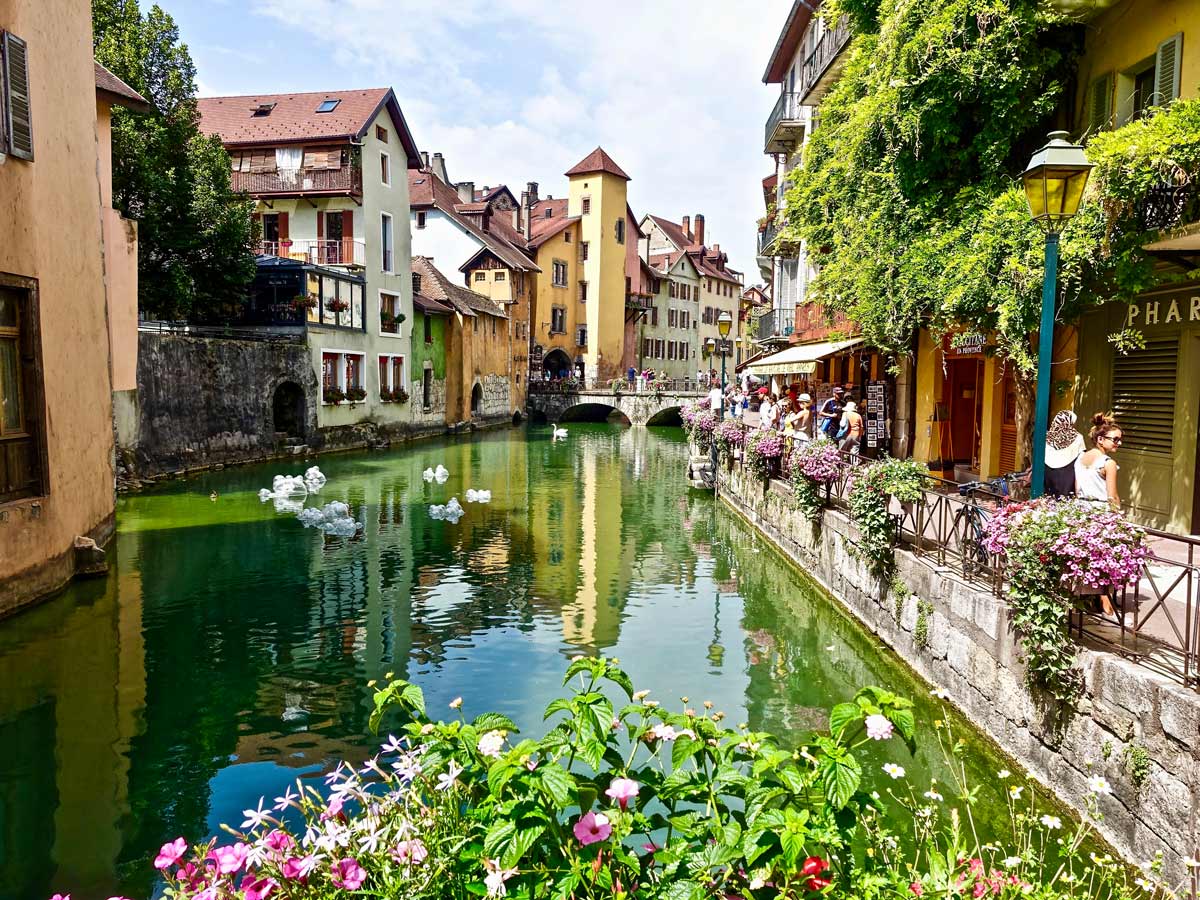
Chamonix
Lace up your hiking boots and get ready to explore the trails carved around Chamonix, a charming mountain town backed by the tallest peak in the Alps: Mont Blanc. You can expect year-round outdoor adventures in Chamonix: bundle up and go skiing in the winter or try out hiking in the summer. Rain, snow, or sunshine, Chamonix remains a loveable, quaint town that boasts of cozy refuge and top-notch hospitality outside of whatever adventure you decide to do.
Annecy
Annecy may be France’s best-kept secret! The scenery, replete with canals crisscrossing amid colourful buildings and the Alps lining the backdrop, is a postcard for idyllic scenery. If Canada’s, Banff, and Italy’s, Venice, had a kid in France, Annecy would be it.
In the summer, tourists and locals alike flock to Lake Annecy, where water sports and relaxation await.
The French Pyrenees
Lose yourself in the French Pyrenees’ dramatic peaks and mountainscapes.
Outdoor enthusiasts will fall in love with the hiking trails and ski slopes snaking through the phenomenal, rugged scenery. For best places to stay near the French Pyrenees, we suggest Lourdes, Saint-Jean-Pied-de-Port (the starting point for the well-known Camino de Santiago pilgrimage that cuts from France to Spain), or Gavarnie-Gedre, which is home to the UNESCO World Heritage Site: Cirque de Gavarnie.
Val d’Isère
World-class skiing awaits at this quiet ski resort nestled in the French Alps. Even beginners will get a chance to marvel at intimidating mountain views usually reserved for experts and off-piste skiers. The slopes surrounding Val d’Isere may be suitable for everyone, but this area tends to attract a lot of experts and off-piste skiers thanks to the phenomenal conditions and fun, challenging slopes.
Bordeaux
Listen up, wine connoisseurs! A collection of rolling, green vineyards skirt Bordeaux, which earns its name as the wine capital. Pair one of these fine wines with the smorgasbord of restaurants peppered throughout Bordeaux: French delights, fusion food, or treats from tasty food trucks. University students flock here, adding to the artistic, creative vibes painted across this lively French city.

Nice
Grab a canvas and paint a glimmering seascape, sunshine, and unbelievably tasty and creative street snacks, and you’ve captured a sliver of Nice. Speaking of art, Nice is famous for drawing in (pun?) artists like Henri Matisse, Picasso, Chagall, and Renoir. Art lovers will want to drop everything and walk through Musées Matisse, Musées Chagall National Museum, and d’Art Moderne.
Loire Valley
Admire the palette of greens, peppered with gothic and renaissance architecture and enchanting vineyards, layered across France’s countryside in the Loire Valley. This area, which spans 174.0mi, is a fairytale setting come to life. While you’re here, you might as well spend hours exploring the scenic countryside by bicycle!
Mercantour National Park
A trip to Mercantour National Park will introduce you to France’s rugged side, which often remains a secret under the layers of elegance, dramatic architecture, and charming scenery stretched across the country. This is the ideal place for adventurers seeking hundreds of km of trails carved throughout the Alps, but a lot of these trails aren’t your ordinary outdoorsy wander; you’ll find a splattering of France’s rich history etched into the scenery. The Valley of Wonders boasts of petroglyphs and paintings harking to the Bronze Age.
You’ll also spot several mountain refuges dotting Mercantour National Park, which only add to the quiet seclusion and awe that comes with spending time in this area.
French Riviera
While Paris may be the City of Love, the French Riviera is an exhilarating romance. The glistening seascape backed by storied buildings and lively street culture will create stories and memories for years to come. It’s hard not to fall in love with the towns stretching along the French Riviera. Other than Nice, there’s Cannes, Saint-Tropez, Antibes, Monaco, and the list goes on.
Vanoise National Park
Introducing France’s first national park: Vanoise National Park. While we touched on Val d’Isère, one of the ski resorts nestled in Vanoise National Park, we felt it was important to give the entire national park its own section. This scenic national park is known more for its skiing, but you’ll also find several hiking trails winding through the dramatic, sweeping mountain scenery.
Paris
We all know about Paris—some people either love it or hate it. Still, it’s important to explore the stunning city parks, streets lined with historical architecture and take the time to marvel at the Eiffel Tower on your own before making a judgement about this phenomenal city (we fall into the “love it” category of people).
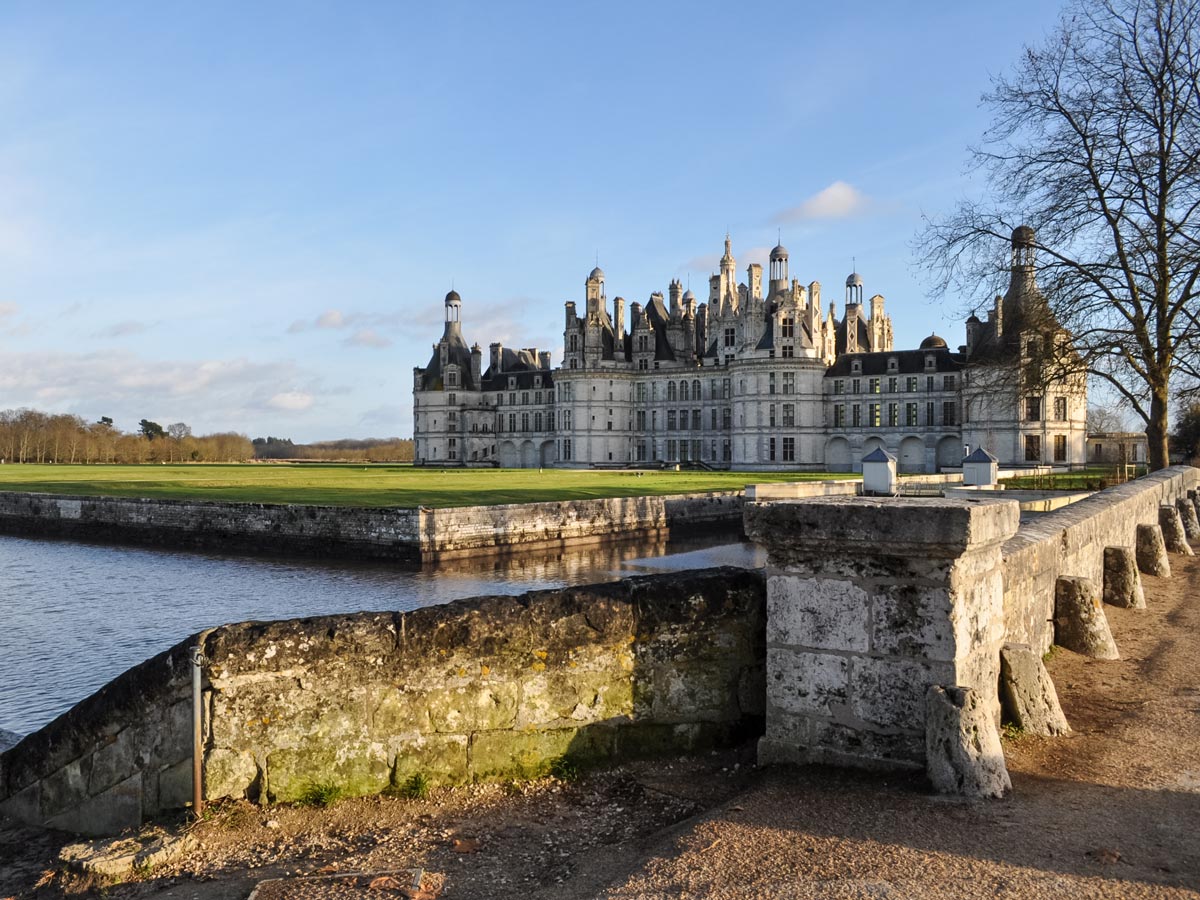
Best Things to do in France
France is the hub for everything: outdoor adventure, wine, cultural wanders, seaside escapes, a snowy wonderland when winter hits, and the list goes on. There are a lot of activities worth trying, and we’re going to tell you all about the best things to do in France for outdoor lovers.
Hiking in France
France is home to some of the world’s best mountainscapes, such as the Alps and the French Pyrenees. And carved into the dramatic scenery is a network of unforgettable hiking trails and national parks. If you find yourself in Chamonix, the town nestled below the watchful eye of Mont Blanc, you’ll definitely want to try out the short but stunning 3.7mi Grand Balcon Sud Hike.
Heading to the French Pyrenees? More hikes await you here! We suggest checking out the 6.8mi Cagire Loop Hike! It’s a challenging route, but the views are unbeatable.
Those spending some time in Mercantour National Park will definitely want to try out the Fontanalba Hike to explore the “Valley of Wonders,” where prehistoric drawings and incredible scenery make for one memorable hike.
Amp up the length at Vanoise National Park by taking on the 10.5mi Col d’Aussois & Pointe de l’Observatoire Hike.
Find more hikes in France here!
Skiing in France
The fact that France is a worldwide hub for skiing is no secret. You can’t beat flying down the Alps! For the best skiing opportunities, hit up Val d’Isère in the French Alps, where beginners can enjoy views usually received for black-run or off-piste skiers.
One of the more popular places to ski is Courchevel, a part of Les Trois Vallées, the biggest ski domain globally. You can access 60 lifts here! Outside of the slopes, expect an elegant atmosphere and Michelin-starred dining experiences.
Other notable spots are Chamonix, La Plagne, Les Arcs, and Morzine and Avoriaz resorts, which are part of the Portes du Soleil domain. The Portes du Soleil domain includes resorts that allow for cross-border skiing between France and Switzerland.
Water sports in France
While water sports are probably the last thing on your mind when you go to France, if you ever have a craving for some lakeside or sea activities, you’ll definitely be able find some.
Even when you’re in the water, you can’t escape France’s history! You’ll find a submarine harking to WWII in Saint Tropez, as well as a warship from the 1900s in Cavalaire Bay. Other excellent scuba diving and snorkelling locations include Nice, Antibes, and Saint Maxime.
Want to give canoeing or kayaking a go? The Dordogne River will give you exactly what you need. Meanwhile, surfers can find roaring waves along the French Riviera.
Lake Annecy, dubbed the cleanest lake in Europe, is another great destination for watersports.
Mountain biking and cycling in France
Ditch walking on paths for mountain biking along some unreal trails. Find singletrack trails in Chamonix, fly downhill in Meribel, and cycle above the tree line in Tignes. Seasoned mountain bikers will absolutely love the Grande Traversée du Jura, which covers 236.1mi and takes 7 to 10 days to complete.
For smoother, charming rides, enjoy low-elevation rides in Loire Valley, passing by castles and through lush greenery. Another great option is to start your ride in Petit Lubéron valley and cycle across a 2,000-year-old Roman bridge to Goult, where cafes await, before continuing on to Domaine Ruffinatto, a winery. End your cycle trip at La Bastide de Marie, Ménerbes. This is a 33.6mi point-to-point trip that’s tailored for cycle enthusiasts!
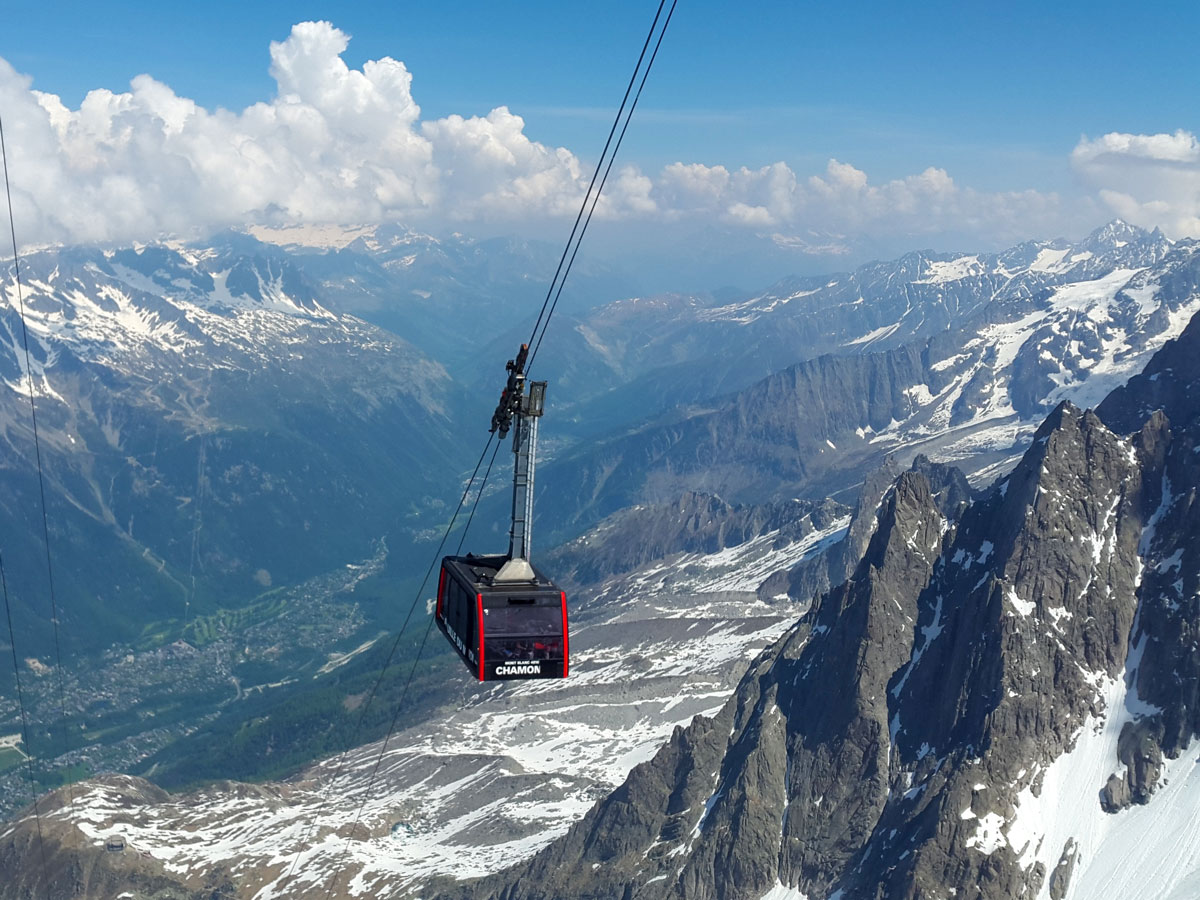
Great Adventure Trips in France
Let’s get into the super fun stuff: choosing your adventure trip in France! Hopefully, the following pre-planned tours in France will stick out to you, and if not, they may help to direct your personal trip planning venture in the right direction! Plus, if you find the perfect tour for you, you won’t have to worry about planning! Bonus!
Tour du Mont Blanc Highlights in Hotels: This self-guided, multi-day trek is one of the most famous routes in the Alps. Get to know the heart of the Alps by foot while staying in hotels dotting the route. Talk about a perfect blend of luxury and adventure!
Rock Climbing in the Gorges du Tarn: Discover France’s wild side on this 8-day guided rock climbing tour in Gorges du Tarn. Your guide will find routes that tailor to your skill level, so if you’re a newbie, no worries!
Mercantour National Park Archaeological Tour: Not in the mood to plan your hiking adventures in Mercantour National Park? This guided 5-day tour will take you to all the best spots in this national park, allowing you to marvel at the prehistoric carvings interwoven with incredible scenic views. Why plan when you don’t have to?
Corsica Family Donkey Trek: Introduce your kids to trekking on this fun, entertaining, self-guided 7-day tour. A donkey will join your journey, alleviating your shoulders by carrying some gear, and it can also give tired children a ride! Think of the donkey as an extended part of your family. Everyone will enjoy the montage of scenery and activities: beaches, sea swims, mountains, cooling off in mountain streams, dolphin watching, and enjoy locally made cheese from a shepherd’s hut.
Mare a Mare Nord Trek: Discover France’s best-kept natural secrets on this 13-day self-guided trek that has you walking from east to west coast across Corsica. Look out for dolphins at the Scandola Nature Reserve.
France’s Outdoors
When you think of France, an image of the Eiffel Tower probably comes to mind first, but this popular European country is surprisingly diverse when it comes to the outdoors. Outside of the cities sits a sprawling seascape that includes the Atlantic and Mediterranean and intimidating mountains. However, most of France’s outdoors looks like hills gently undulating across the countryside.
Geography
France boasts a canvas of diverse scenery, ranging from the Alps, which border Switzerland and Italy in the southeast, while the south intoxicates with its shimmering coastline. The painting of France continues with the rolling hills sprawled through the north and west.
Wildlife
You’ll find wildlife dotting every corner of France. If you’re in the Pyrenees, you may encounter a genet, a weird but exotic-looking cat-like creature or a bear. There aren’t many bears in the area as they were recently reintroduced, but it’s best to exercise caution and practise bear safety if you do see one. You may also spot chamois, wild goats, in the Pyrenees. In the south and northwest, a green lizard may slither across your path. Golden eagles, wild cats (that look like house cats), wild boars, and wolves roam the north.
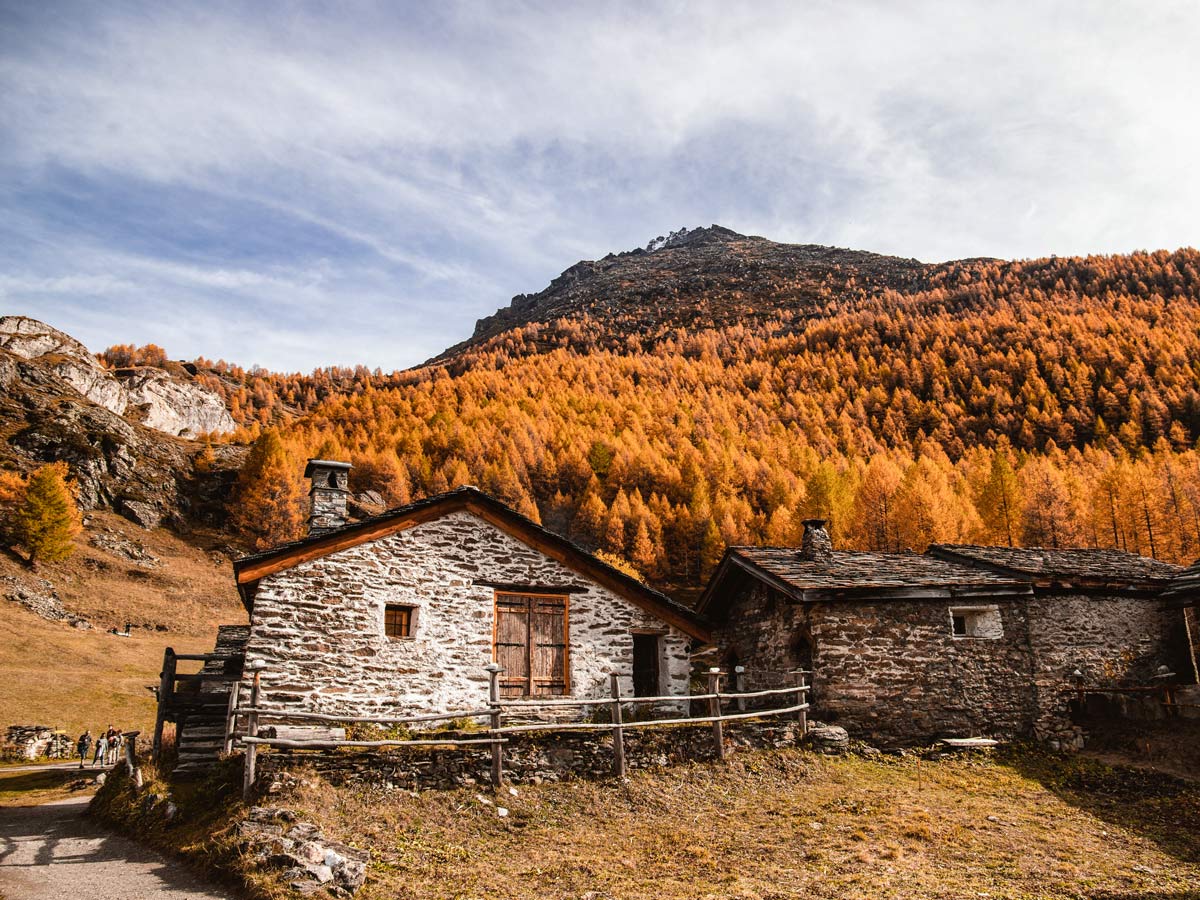
France Travel Costs
The following information on France travel costs is based on numbers from Numbeo, personal experiences from our team at 10Adventures, and other sources. If we were to give any advice about travelling to France, it would be to create a budget, save up before you go, and mentally prepare to spend a lot! But, there are always cheap alternatives. One of our team members’ saved money by buying wine and food from grocery stores, and enjoyed picnics in parks and only stayed in places with a kitchen. However, if you want the true French dining-out and touring experience, you’ll definitely want to save up.
Food and drink
The French restaurant experience is exhilarating. We know this is a weird word to use when talking about dining out, but when you’re scared of speaking French in a North American accent, it can be daunting. However, when everything goes right, the scrumptious plates of food paired with the perfect glass of wine make for an amazing experience. Here are some numbers to consider:
A meal at a cheaper restaurant usually costs around €13 (19.35 CAD), whereas a three-course meal for two at an average restaurant will have you dishing out €50 (75 CAD). However, you can always buy €2 wine and €2 cheese and go to a park whenever you don’t feel like paying for a restaurant.
Transportation
Whether you’re renting a car, taking the train, or taking a taxi or an Uber, you’re going to be paying money to get around France. A one-way ticket for local transport costs around €1.70 (2.5 CAD). 1km in a taxi usually has you paying €1.74 (2.6 CAD) and one litre of gas costs, on average, €1.47 (2.2 CAD).
Accommodation
Hotels in Paris range in price! It all depends on if you want to bask in luxury or go cheap. The average cost ranges from €55 to €350. You can always look to Airbnb, booking.com, vrbo.com, and hostelworld for a wide range of accommodation prices in France.
Best Ways to Get Around France
While we mentioned renting a car, taking the train, taxi, Uber above, there are also other great ways to get around France: Blabla Bus or Flixbus. These buses offer cheap, long-distance travel across the country (or across Europe).
The cheapest way to fly around Europe is via RyanAir. Do note that it almost costs more to put luggage under the plane than it does to fly, so you’ll have to stuff everything in your carry-on or wear layers and layers of clothes.
Excellent car rental companies in France are rentalcars.com and europcar.com. Not in the cards to rent a car? Look to Omnio for the best train and bus deals across France and Europe! You can also buy your train ticket at the station as well.
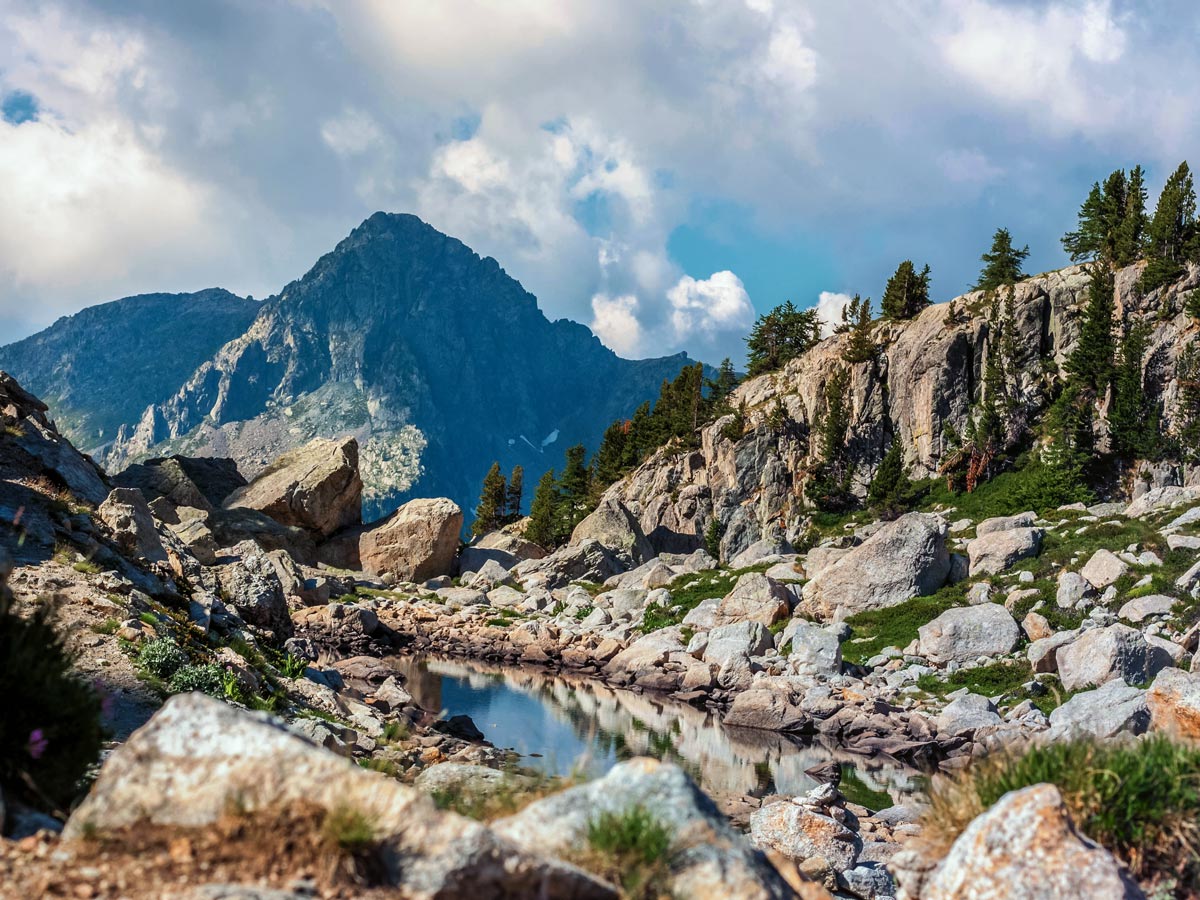
Best Time to Visit France
Since France is the most visited country globally, it’s bound to be crowded during the best time to travel here (weather-wise), which is between April to October. If you plan to ski in the Alps in winter and want to hit up Paris on your way in or out, the quieter streets make for a wonderful experience, despite the winter temperatures. Along the Mediterranean coast, France’s southeast also boasts ideal summer temperatures from May to September, with mild, rainier (but still sunny) days taking over between October to April.
France Travel Safety
When it comes to France’s travel safety, it’s vital to note that, in general, most people leave without any problems. However, this doesn’t mean you should walk around carelessly, flaunting your cash and fancy devices in back alleys or at night. In recent years, the threat of terrorism has increased, especially in popular tourist areas.
Visa Requirements When Travelling to France
France is located in the Schengen area, meaning that 26 European countries can travel to one another without border control. However, citizens from 68 countries outside of the Schengen area can enter France without a visa and spend 90 days within France and other countries within the Schengen area over 180 days. If you leave the Schengen area to go to England, your time there won’t count towards your 90 days in France, but it will count towards your 180 days.
Best Places to Stay in France
Determining where you want to stay can sometimes make or break your trip! If you want luxury, you’ll need a hotel that provides lavish amenities. If you want a budget hostel, you want to find a spot that will allow you to spend as little as possible on a place you’ll rarely be since you’ll spend all of your saved up money on anything and everything outside of your tiny room. So, according to your budget, when it comes to the best places to stay in France, where should you go?
Let’s get started with some iconic hotels, steeped in history. The ultimate luxurious palace sits in Versailles, where period decor intertwines with upscale modern amenities: Trianon Palace. If you’re time in France centres more around where to stay rather than what to do, another epic spot is the sweeping Château de Locguénolé in Brittany. The same family has resided in this charming chateau for 500 years!
Okay. Moving on from the expensive options! To find the best hostel deals in France, take a look at hostelworld, where most nights range between €16.8 (25 CAD) to €33 EUR (50 CAD). Toulouse boasts of lower prices than most places in France. Another place to consider looking up is ibis budget hotels on booking.com.
France travel tip: Choose a place with a kitchen! Discover a range of unique, quirky, luxurious, budget-friendly places on Vrbo.com.
Novotel and Mercure hotel chains sit somewhere on the spectrum between luxury and budget! Pay a little more to stay at the four-star Sofitel or Pullman hotels.
And finally, you can also use Plum Guide, to find some of the best holiday rentals in Paris.
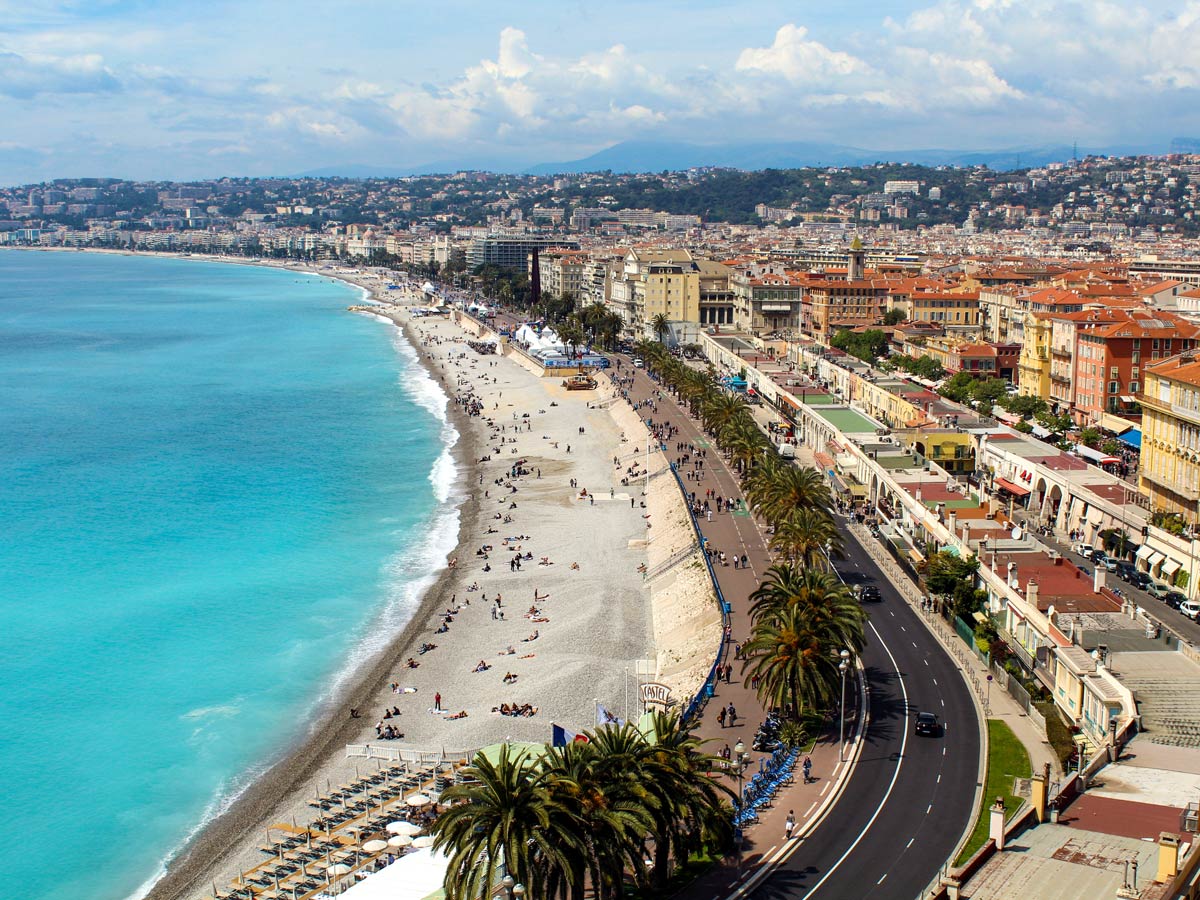
Useful Travel Tools
While we’ve noted some awesome tools and websites already, we think it’s useful to list all of our useful travel tools in one spot, so you can come back to this article and know exactly where to find top-notch resources for your adventures in France.
To Book Accommodation
Find the best accommodation for your budget with the following websites:
To find a bed and breakfast that suits your travel style, check out vrbo.com.
To Book Flights
The websites below scan the internet for the best available deals:
To Rent a Car
So you want to drive around France? Our team members like using rentalcars.com and Europcar when travelling around here!
To Get Gear
Make sure the right gear supports your adventures in France! We can’t get enough of the following brands for outdoor equipment, clothes, shoes etc.:

Other Useful Travel Services
We’ve mentioned Bla Bla Bus, Flixbus, and Omio already, so keep these in mind as well! Another helpful travel service is Airportparkingreservations.com. Americans and Canadians travelling to France can look into this resource to find deals and places to park their car during their trip.
Interesting Facts about France
Why is everything about European countries so fascinating? Here are some interesting facts about France:
Why is everything about European countries so fascinating? Here are some interesting facts about France:
- French was once the official language in England from 1066-1362. It wasn’t until William the Conqueror introduced Anglo-Norman to England that aristocrats and royalty began to speak it, prompting English to become the government’s official language in 1362. Commoners had no idea what they were saying!
- In 1915, the French army donned camouflage first! In French, camouflage means “to make up for the stage.”
- A super weird fact is that you’re allowed to marry a dead person in France. You just need to prove that the deceased planned on tying the knot when they were living. The president also needs to approve.
- The French are also creative! They invented the hot air balloon, the hairdryer, and tin cans.
- France was the first country to stop supermarkets from tossing old food! They now have to donate it.
- Mont Blanc is the tallest mountain in Europe.
- If you’re planning on taking a live snail on a train for free—think again! You need to buy a ticket for your snail to ride the train, or you may get a fine.
Frequently Asked Questions About France
Find some essential France travel tips in the answers to the frequently asked questions below:
What are some do and don’ts in France?
This is a long list, but let’s start with some cultural points that you should definitely think about when you’re in France:
- Don’t wave at a waiter to get their attention
- Do make eye contact or slightly raise your hand (make this super subtle) to grab the waiter’s attention
- Do learn some French words before going
- Don’t expect a massive, North American-style breakfast
- Don’t talk too loudly when you’re with a group—the French try to respect others by not drawing attention to themselves
- Some cars may not stop at pedestrian crossings, so make sure they stop before you cross.
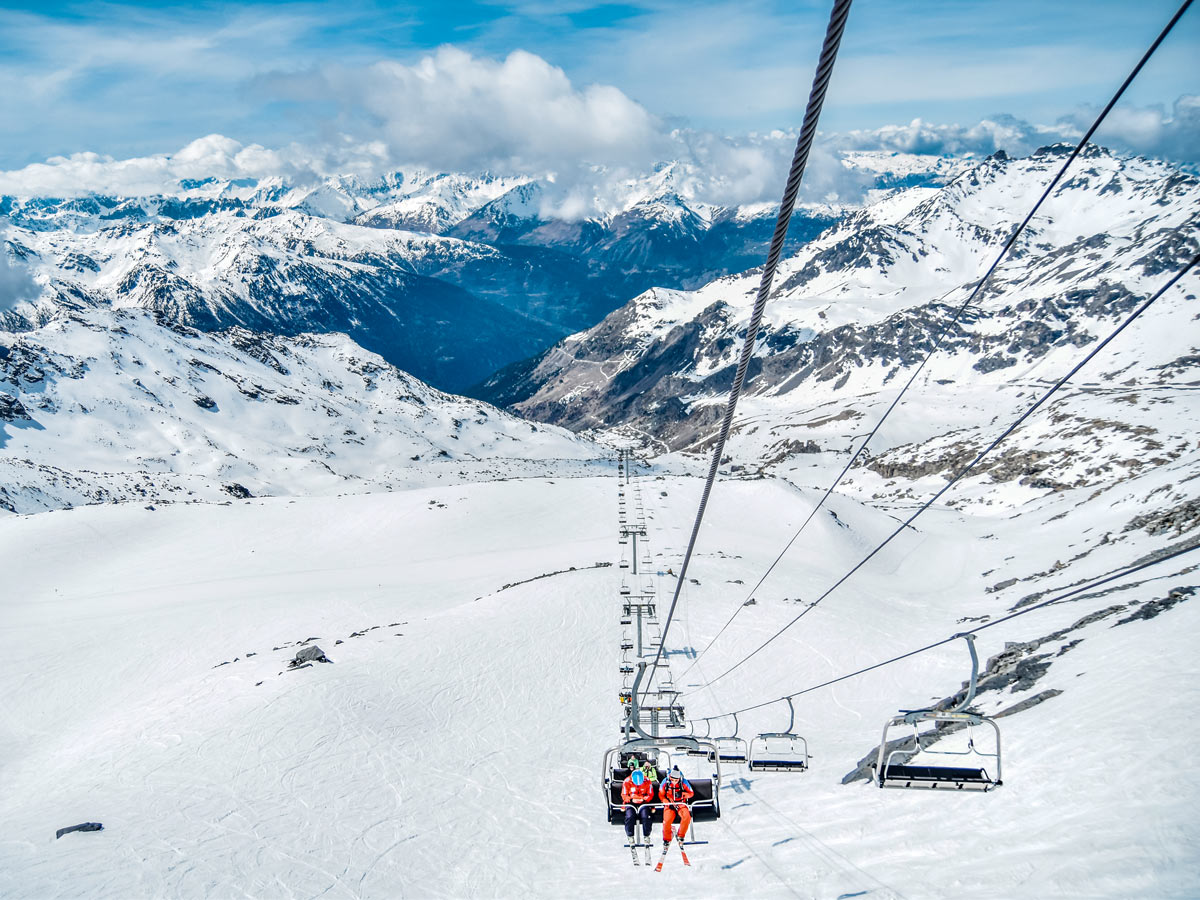
What are some famous foods in France?
Some famous food in France includes delicious delights, such as macarons, croissants, baguettes, and local cheese.
Should I learn French before visiting?
Like all popular destinations, France receives millions of tourists from all around the world and is well adapted to travellers who do not speak French. However, you may want to at least learn the main words and phrases which would be a polite thing to do. Check out this free mini-course that covers polite words and greetings in French by Oliver’s France or consider completing the full course.
Is Paris a dirty city?
No! The city boasts of storied architecture, lively cafes, and lavish museums. The metro area may be dirty, but the buildings lining the cobblestone streets will distract you from any “dirtiness.”
How should I dress in Paris?
It’s safest to wear a sundress or nice jeans with a stylish jacket. You likely won’t get into a club if you’re wearing sneakers and casual jeans!
Well, there you have it: the France adventure travel guide! We hope the French travel tips provided above are enough to kickstart your vacation-planning process.
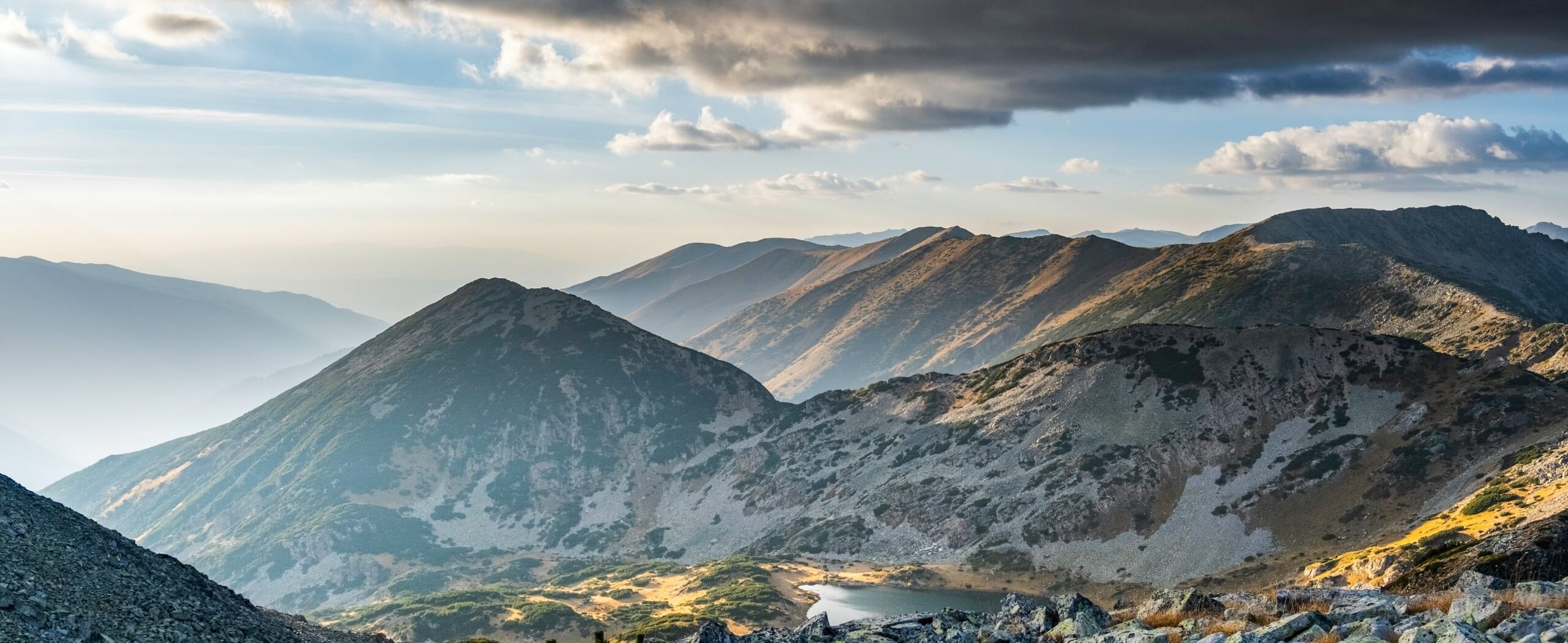
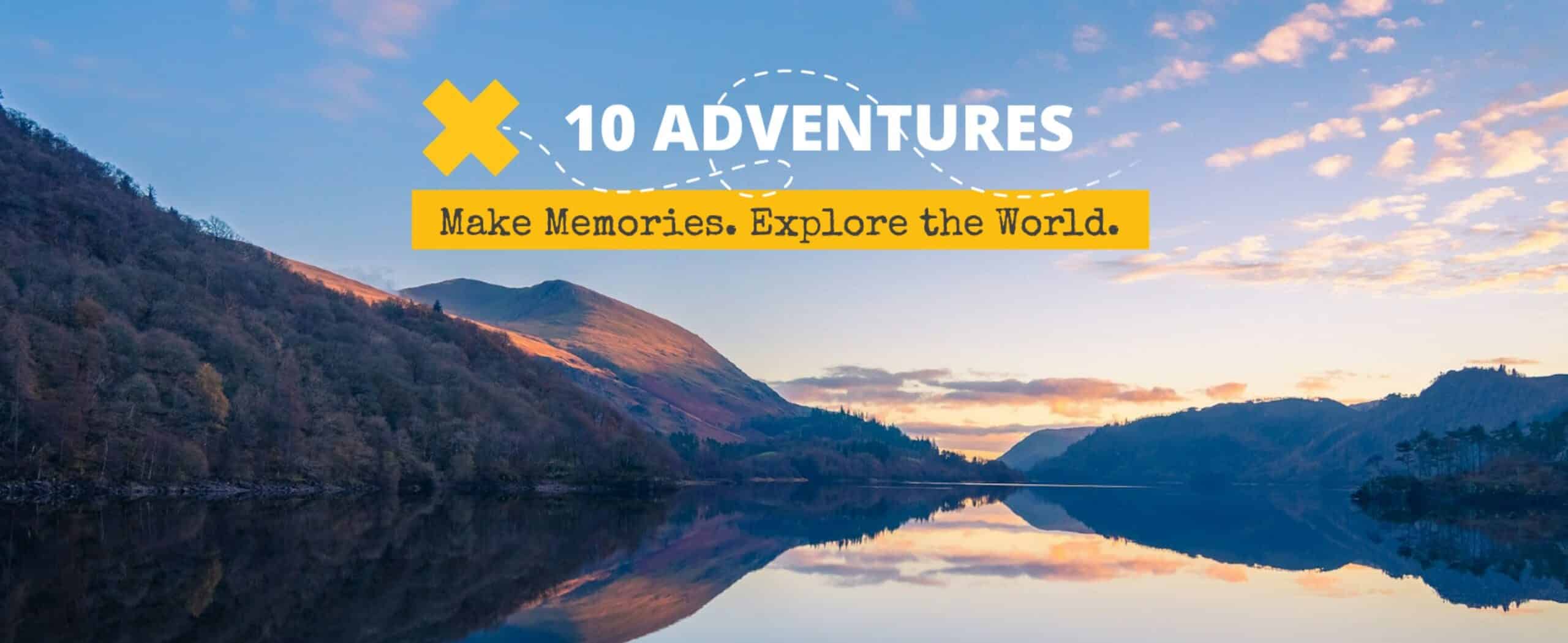

Comments